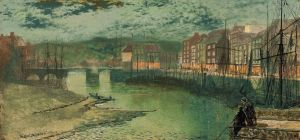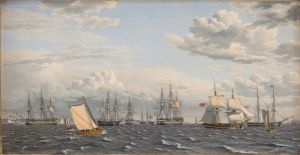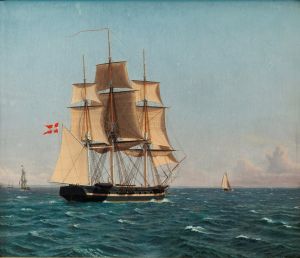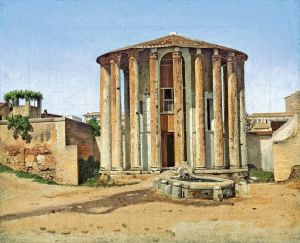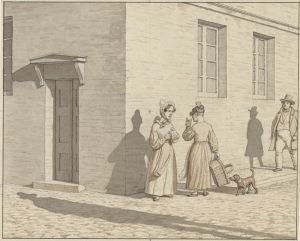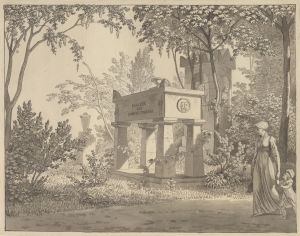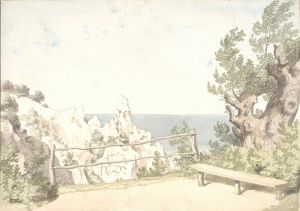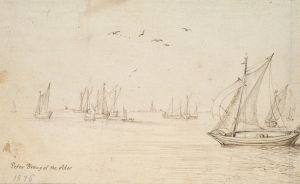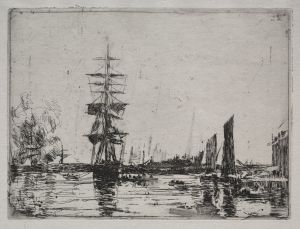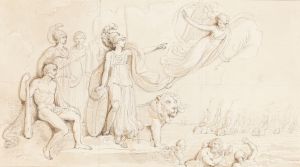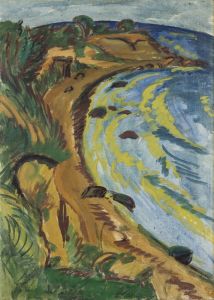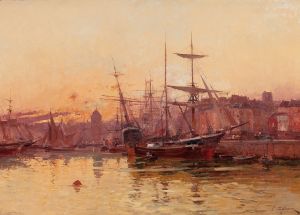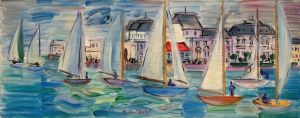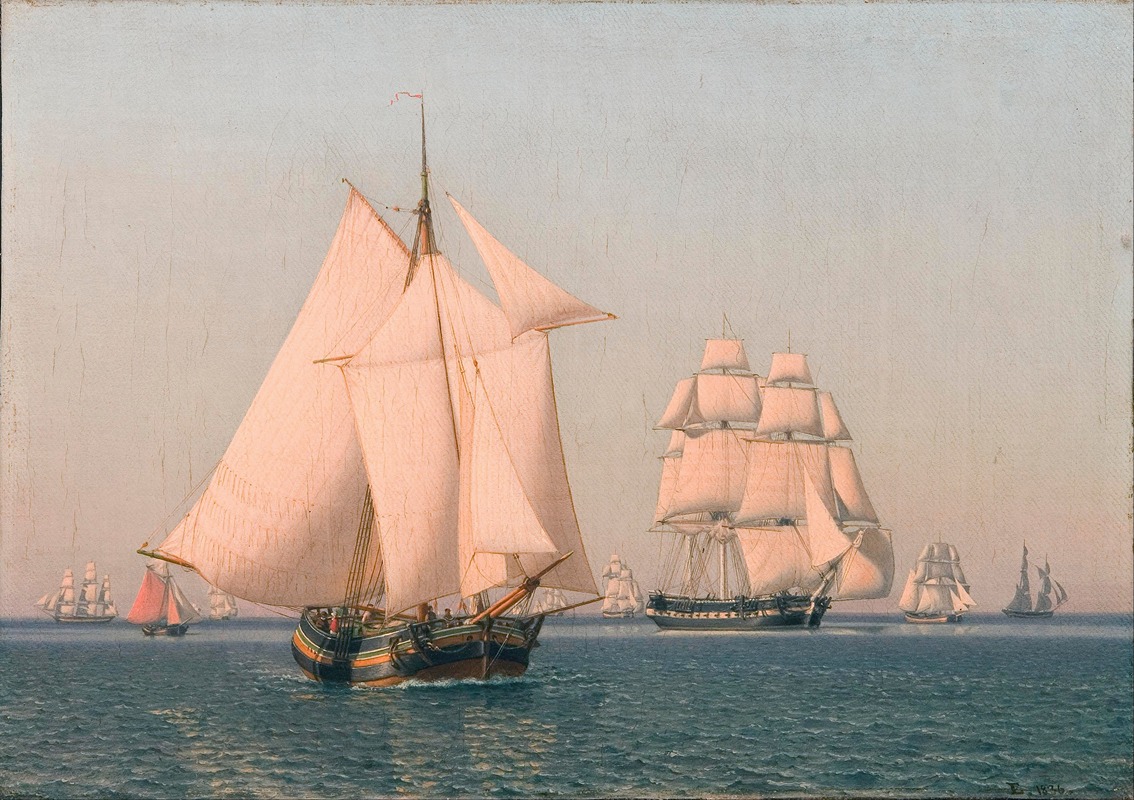
Ships under sail in a mild breeze on a clear summer’s afternoon
A hand-painted replica of Christoffer Wilhelm Eckersberg’s masterpiece Ships under sail in a mild breeze on a clear summer’s afternoon, meticulously crafted by professional artists to capture the true essence of the original. Each piece is created with museum-quality canvas and rare mineral pigments, carefully painted by experienced artists with delicate brushstrokes and rich, layered colors to perfectly recreate the texture of the original artwork. Unlike machine-printed reproductions, this hand-painted version brings the painting to life, infused with the artist’s emotions and skill in every stroke. Whether for personal collection or home decoration, it instantly elevates the artistic atmosphere of any space.
Christoffer Wilhelm Eckersberg, often referred to as the "father of Danish painting," created the artwork Ships under Sail in a Mild Breeze on a Clear Summer’s Afternoon in 1844. This painting is a prime example of Eckersberg's mastery in marine art, a genre he frequently explored throughout his career. The work reflects his keen interest in capturing the interplay of light, atmosphere, and the natural environment, as well as his meticulous attention to detail.
The painting depicts a serene maritime scene, with several ships sailing under a gentle breeze on calm waters. The clear summer sky and the soft lighting evoke a sense of tranquility and harmony, characteristic of Eckersberg's ability to portray nature with precision and sensitivity. The composition is balanced, with the ships arranged in a way that guides the viewer's eye across the canvas, emphasizing both the vastness of the sea and the elegance of the vessels.
Eckersberg's fascination with maritime subjects can be traced back to his time in Copenhagen, where he studied at the Royal Danish Academy of Fine Arts. He later traveled extensively, including a significant period in Paris and Rome, where he was influenced by neoclassical ideals and the works of other prominent artists. Upon returning to Denmark, he became a professor at the Royal Danish Academy and played a pivotal role in shaping the Danish Golden Age of painting.
This particular painting demonstrates Eckersberg's dedication to accuracy, likely informed by his practice of sketching directly from nature and studying ships in detail. His ability to render the technical aspects of the vessels, such as their rigging and sails, showcases his deep understanding of maritime subjects. At the same time, his use of light and color captures the ephemeral qualities of the atmosphere, lending the scene a lifelike and dynamic quality.
The artwork is housed in the collection of the Statens Museum for Kunst (National Gallery of Denmark) in Copenhagen, where it continues to be celebrated as an important example of Eckersberg's contribution to Danish art. It remains a testament to his skill as a painter and his ability to merge technical precision with artistic expression.





